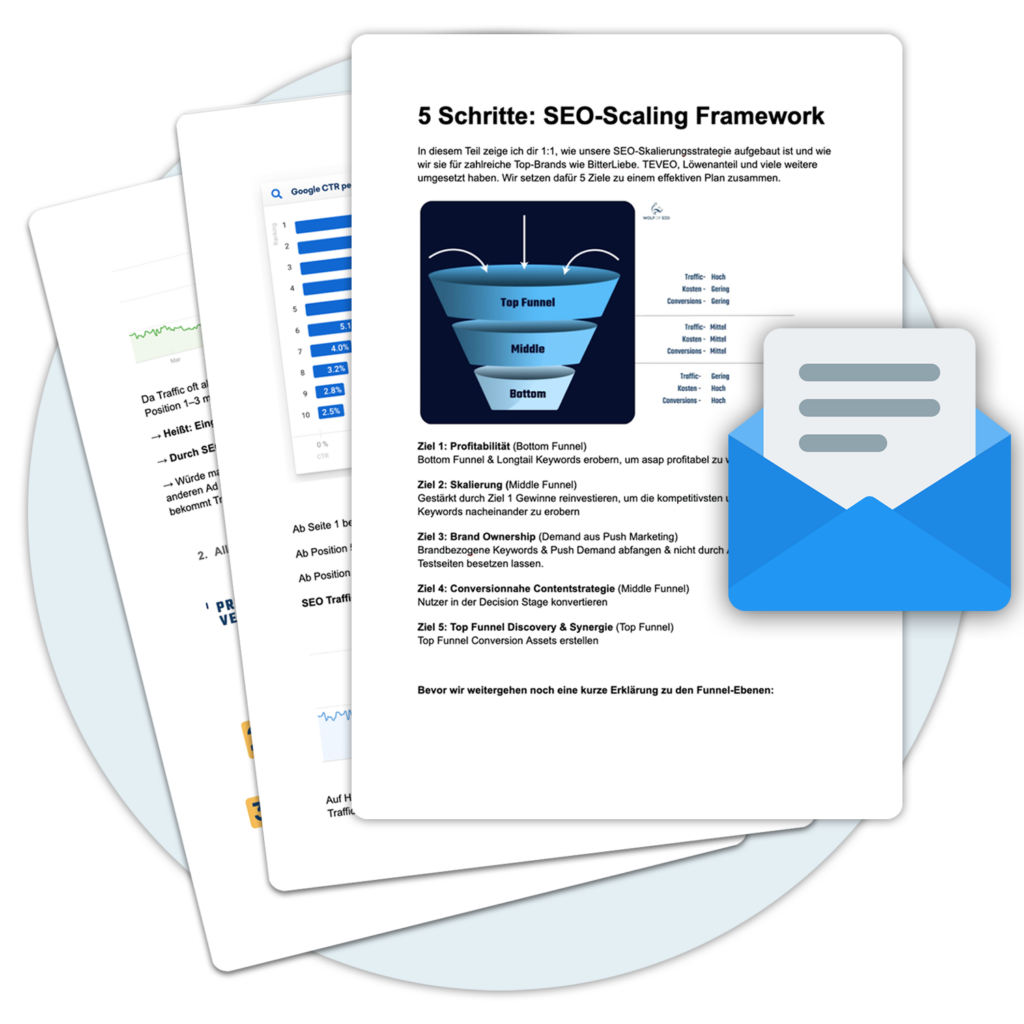Definition
Google Analytics Segments are a powerful tool that allows companies to divide user data into different groups for a more detailed analysis of potential customers and their behaviors.
Advantages
Google Analytics Segments provide companies with a simplified way to create and analyze custom groups of data. This can identify patterns in behavior and interactions between customers and businesses, helping companies create more targeted campaigns and products.
Disadvantages
Since Google Analytics segments are a complex function, they can be challenging when trying to get used to the user interface and the different parameters that need to be applied for each group.
Use cases
Google Analytics Segments are most commonly used by companies to gain better insights into specific customer groups. This information can be used to understand how different customer groups use the company and how to create the best customer experience.
Example #1
A company that operates an online store system can use Google Analytics segments to determine which groups of users have higher sales on certain days of the week. You can create segments based on the user's location, age, gender, and previous activity in the store.
Example #2
A company running a website can use Google Analytics segments to understand what typical interactions users have with specific items. You can create segments based on dwell time, user location, and operating system.
Conclusion
Google Analytics segments are a useful and powerful tool that helps businesses gain better insights into their user data. It enables businesses to analyze and understand their customers and their behaviors in more detail, which can lead to better customer engagement and more revenue.
« Back to Glossary Index







